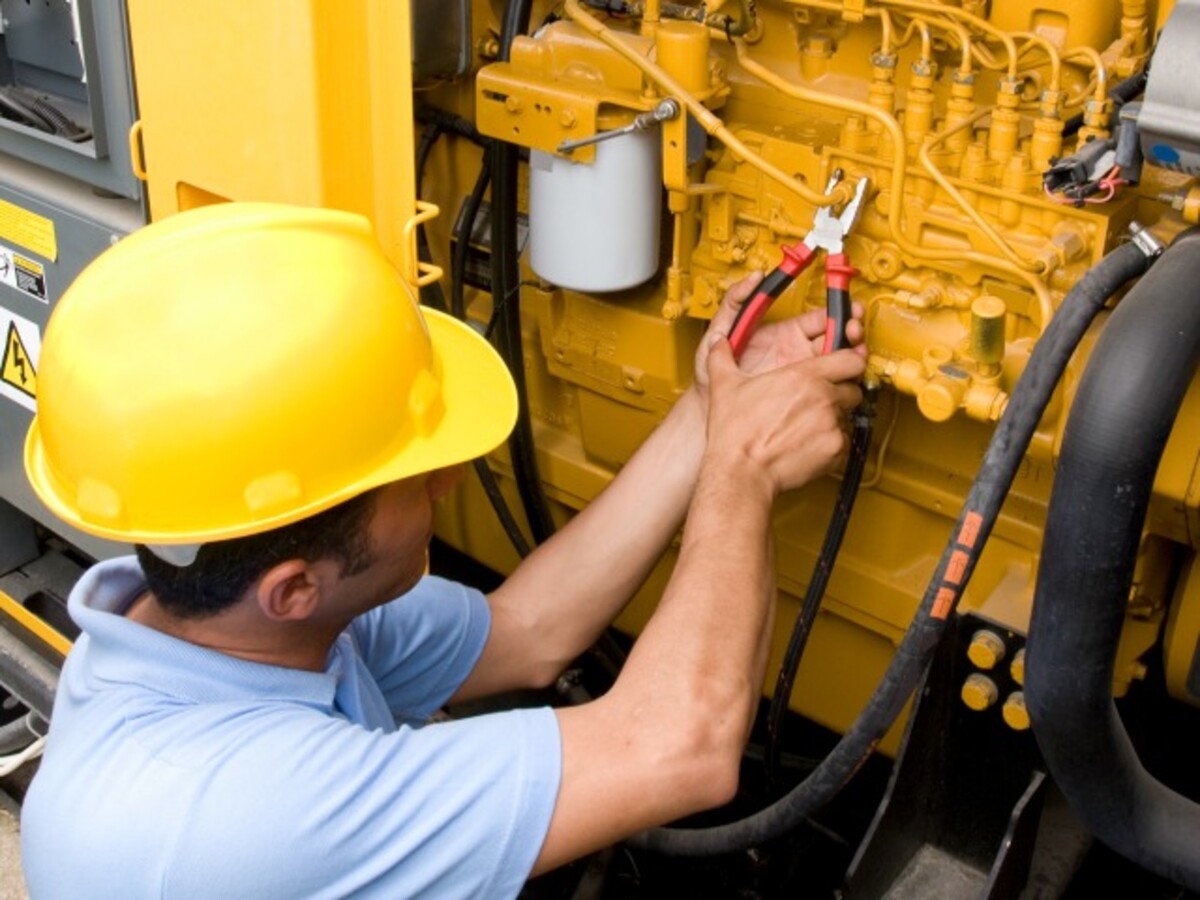The Secret to Better Generator Maintenance
Published:
Three maintenance issues cause most generator failures. Focus on these, and you can save money and extend equipment life.

Standby generators play a critical role during power outages and peak demand periods. If they fail to start when needed, costly demand charges and production losses may result.
What causes generators to fail? About 90% of failures are the result of three things — battery malfunction, fuel problems, and coolant or oil leaks. Diligent maintenance in these areas can save you money and extend equipment life.
Batteries and breakers
Batteries can lose their charge over time. Lead-acid batteries can accumulate lead sulfates on their internal plates and should be replaced as needed. Failures can also occur from dirty and loose connections, so clean and tighten these regularly. After performing maintenance, double-check the system for proper operation and switch position.
If the circuit breaker on the generator is open or tripped, the automatic transfer switch signals the generator to start, but no power is actually transmitted. Always check the status of the switch regarding its position and source availability. Determine what caused the trip prior to resetting; power surges caused by an outage can damage the switch.
Fuel problems
Generator failure can result from air or water in the fuel system, improper fuel levels, and contaminated or stale fuel. Just one small bubble of air can cause an injector to not fire at startup. Air in the fuel also reduces its energy content and lubricity, preventing the engine from generating full power and damaging fuel system components.
To clear air bubbles, run the engine every week for at least five minutes. Also, inspect the fuel tank for water before fuel is delivered. Continue to monitor fuel for several days after delivery. Engines equipped with electric shut-off solenoids should always have a manual bypass.
Loss of fuel can be caused by mechanical fuel gauge malfunctions or plugged filters. Upgrading to electronic fuel gauges can reduce these malfunctions. Plugged filters, caused by contaminated fuel, can lead to tank sludge, damaged fuel components and generator failure.
Inspect your entire fuel system regularly to ensure all components are operating correctly. Periodically check fuel tanks for contaminants. Store fuel in a clean, cool and dry place. Fuel will last up to one year without significant quality degradation.
Low coolant or oil
Low coolant level is often caused by an external or internal coolant leak. Check for any visible puddles during weekly inspections. Leaks in coolant block heaters can be prevented by using silicon hoses instead of rubber. Install isolation ball valves for block heater hose connections.
Extended operation on low coolant can cause catastrophic engine failure. Follow manufacturer's recommendations and test coolant for proper pH and freeze point. Coolant chemistry does change over time and can cause significant damage.
Internally plugged radiator cores can also reduce coolant levels. A full load test with an external load bank is the only accurate way to check a cooling system. Low coolant temperature is caused by faulty block heaters. Check the cylinder head (or engine thermostat housing) for temperature and verify that the engine or block-heater hoses are warm.
Extended operation with low or contaminated oil can cause engine failure. Running loads well below the rated output level on a regular basis can also lead to oil leaks. Check oil levels on a monthly basis. Look for contamination, frothing and sludge. Change the oil regularly according to manufacturer's recommendations.
A standby generator is ready for emergencies as long as it's properly maintained. Regular inspection and testing should be conducted according to manufacturer's recommendations.
